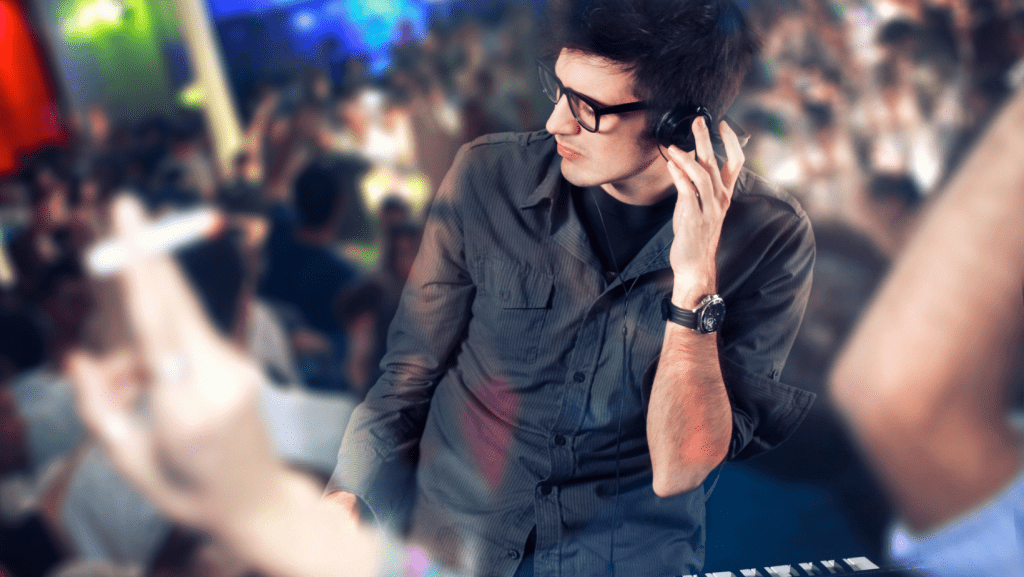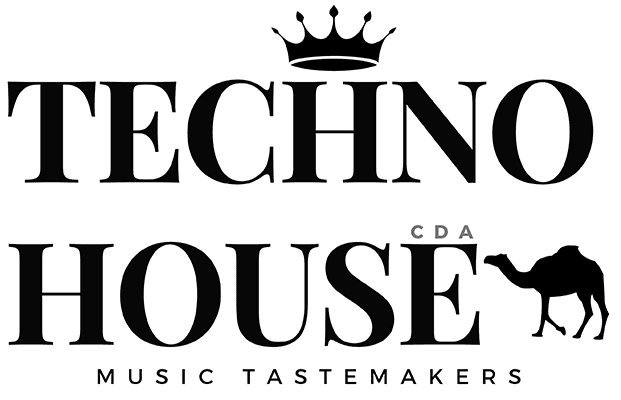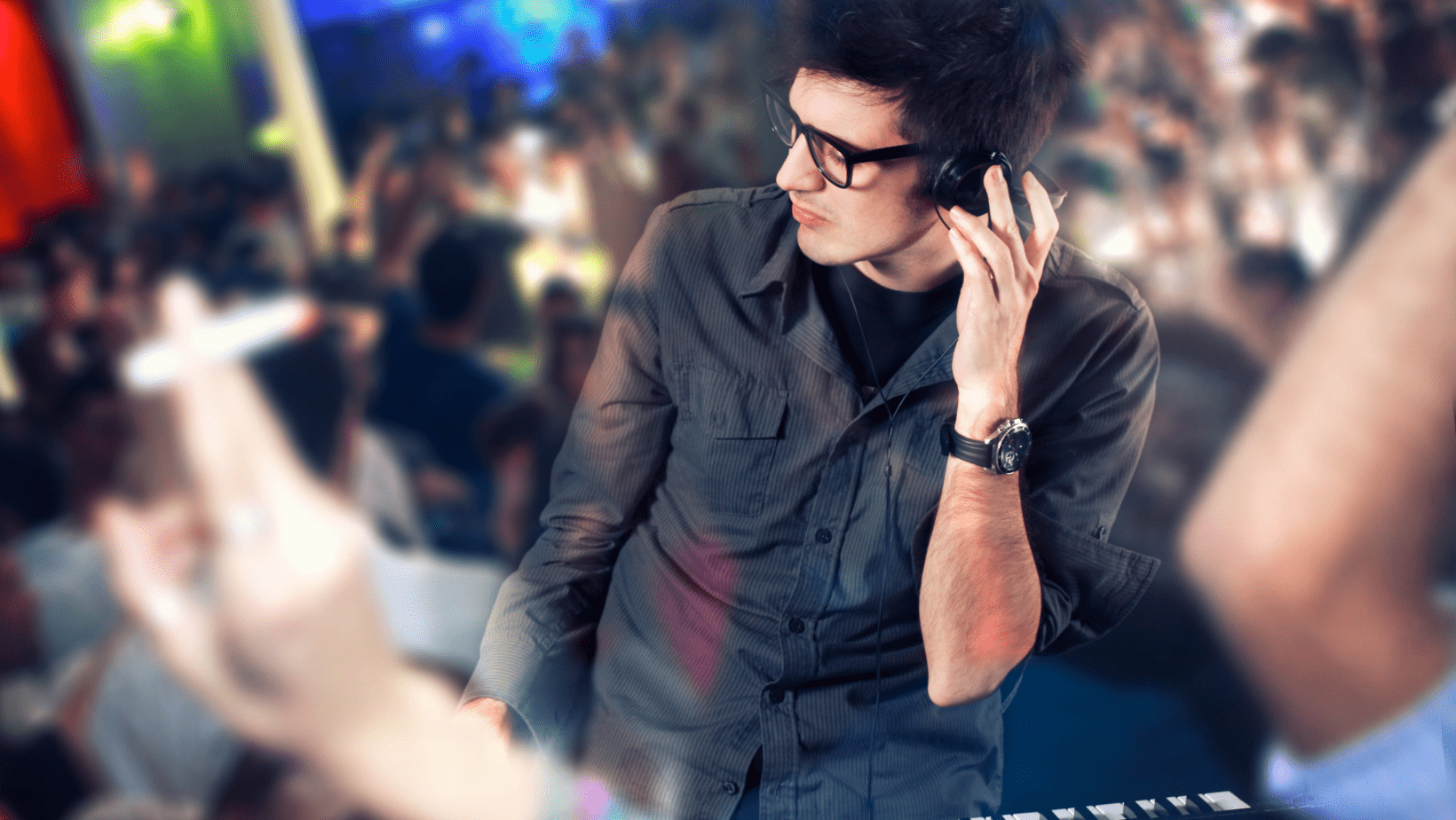

Electronic Dance Music (EDM) is more than just festival fuel—it’s becoming a powerful emotional anchor for many struggling with mental health issues. A recent study conducted by healthcare technology company Tebra reveals that 14% of Americans turn to EDM as their go-to genre when feeling depressed, highlighting its growing role as an emotional support system.
Unveiled during Mental Health Awareness Month, the study surveyed 1,000 Americans and analyzed over 110,000 tracks from mental health-themed Spotify playlists. The data shows EDM’s potential not only as entertainment but as a form of non-clinical music therapy—offering emotional relief, a sense of belonging, and mood regulation.
EDM as an Emotional Escape
Known for its pulsating beats, euphoric drops, and emotionally charged melodies, EDM provides a unique combination of escapism and uplift. Tracks like Avicii’s “Wake Me Up,” Calvin Harris’ “Feel So Close,” and Daft Punk’s “Lose Yourself to Dance” stood out as the most streamed songs in the category—songs that evoke both nostalgia and hope.
These artists and their music aren’t just chart-toppers—they’re soundtracks to healing. EDM’s rise in emotional resonance may be tied to its structure: the gradual builds, rhythmic intensity, and communal appeal make it a genre that feels like a shared emotional journey.
The Broader Impact of Music on Mental Health
Beyond EDM, the study paints a broader picture:
- 92% of respondents said music helped them through tough times
- 55% cited music helped manage anxiety
- 52% said it helped combat loneliness
- 47% mentioned it helped during depressive episodes
Even more notably, over half (51%) of those surveyed said they had used music in place of traditional therapy, and *57% believe music is just as effective as therapy.
This points to a growing shift in how people perceive self-care and emotional support—favoring accessible, non-traditional methods that feel personal and immediate.
EDM vs. Other Genres in Mental Health Contexts
Interestingly, while metal fans were the most likely to use music as emotional therapy (59%), they also reported the worst mental health outcomes (47%), suggesting a cathartic, but perhaps more turbulent, emotional effect. In contrast, EDM offers an alternative: not purging emotion through rage or sorrow, but by chasing joy, release, and connection.
In fact, in earlier studies, seniors also showed a surprising preference for EDM, indicating its emotional reach spans across generations. This highlights the genre’s ability to connect people through shared emotional highs—even outside traditional age demographics.
Scientific Backing and Clinical Recognition
Why does EDM help? Neuroscience suggests that dopamine—the feel-good neurotransmitter—is released during moments of musical anticipation and resolution. EDM, with its build-ups and drops, taps into this cycle naturally.
Healthcare professionals are taking note. Tebra’s extended report, which also polled licensed practitioners, found that 33% of medical experts consider EDM the top genre for improving mental health. Many therapists are increasingly integrating music into mental health interventions, especially for younger clients more resistant to traditional therapy.
The Takeaway: EDM Is More Than a Soundtrack
As the global conversation around mental health continues to grow, this study is another signal that EDM is more than just a genre—it’s a lifeline for many. Whether through headphones, in bedrooms, or surrounded by thousands at festivals, EDM continues to provide listeners with something vital: hope, connection, and emotional release.
With more research, there’s potential for music therapy programs to officially integrate EDM into treatment strategies—offering people a non-invasive, joyful way to cope with the lows of life.

